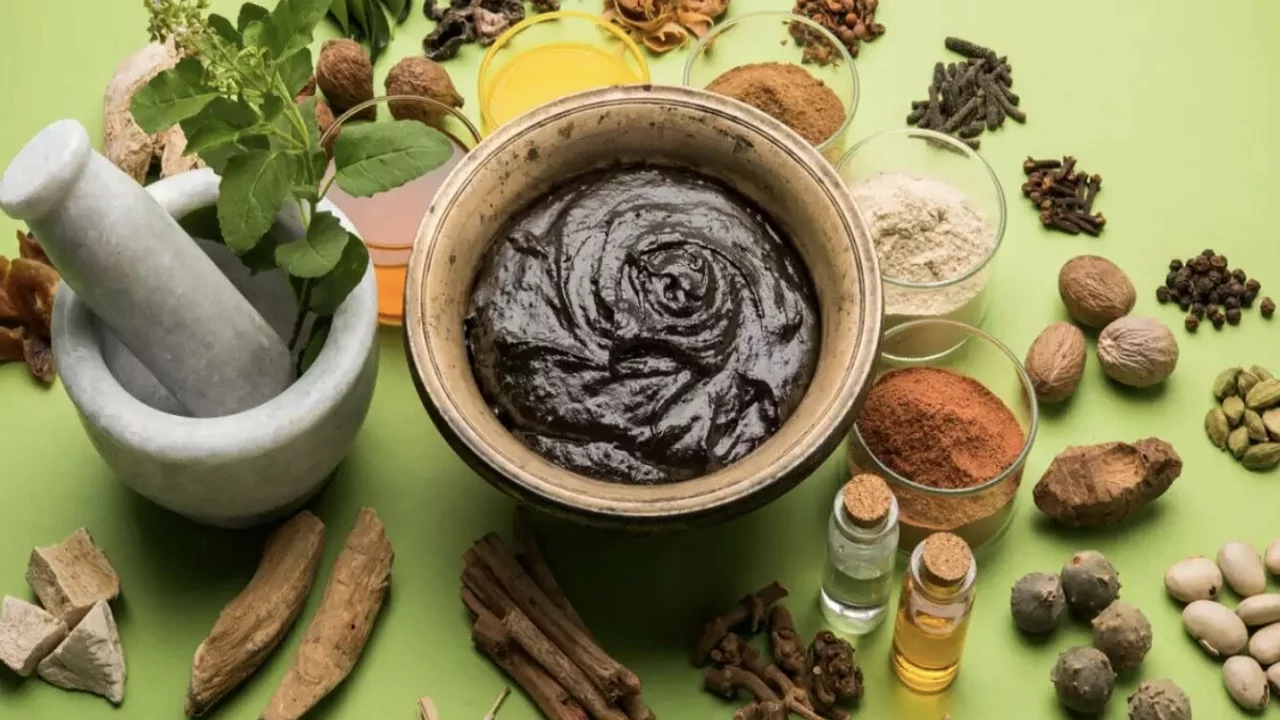Oh boy, let's delve into the fascinating world of Iboga, shall we? This age-old plant medicine is enjoying a terrific comeback as a modern-day miracle supplement. Just like a famous pop star, it's been around for ages, but suddenly it's the hottest thing on the market - talk about a glow-up! So, let's raise our glasses to Iboga, the comeback plant of the year. Trust me, it's like the blockbuster movie you didn't know you needed in your supplement collection.
Ancient Plant Medicine: Practical Guide to Safe Use
Plants have been medicine for thousands of years, but “natural” doesn’t always mean safe or effective. Want real help, not hype? This page shows practical steps to use ancient plant medicine well—how to pick quality products, reduce risks, and get the most benefit without guessing.
How to choose trustworthy herbs
Start with a clear reason: sleep, digestion, mild anxiety, or joint support. Once you know the goal, check the product label. Look for the Latin name (not just a common name), the part of the plant used (root, leaf, flower), and the form (powder, extract, tincture). Prefer suppliers who list active compound amounts or a standardized extract—this makes dosing predictable.
Third-party testing matters. Certifications from labs that check for heavy metals, pesticides, and microbial contamination reduce risk. If a product claims dramatic cures or uses vague terms like “research-backed” without specifics, be skeptical. Read reviews but focus on verified buyers and consistent feedback about purity and shipping.
Safety, dosing, and interactions
Start low and go slow. With most herbs, begin at half the suggested dose for a few days to watch for reactions. Use a patch test for topical herbs or try a small oral dose first. If you’re pregnant, breastfeeding, under 18, or have serious conditions (heart, liver, kidney), check with a clinician before trying any new plant medicine.
Check interactions: many herbs affect blood clotting, blood sugar, blood pressure, or liver enzymes. For example, herbal bronchodilators and stimulants can change heart rate; valerian-like herbs can increase sedation when mixed with sleep meds or alcohol. If you take prescription drugs—anticoagulants, blood pressure meds, antidepressants—ask a pharmacist or doctor about interactions before adding an herb.
Mixing forms matters. Teas are mild and short-acting; tinctures are concentrated and easier to dose; capsules offer convenience but vary in absorption. Follow label instructions, and don’t assume more is better. Keep a simple log: what you took, when, and how you felt. That helps spot patterns or side effects quickly.
Storage and sourcing: store herbs in a cool, dry place away from sunlight. Avoid bulk powders with no batch number—those are harder to trace if a recall happens. Look for vendors who provide batch testing or ingredient traceability.
Want specific reads? Our site covers cup plant supplements, Red-Spur Valerian, chitosan for weight support, herbal bronchodilators versus inhalers, and guides on finding safe online pharmacies. Use those posts to learn evidence, dosing ranges, and real-world tips.
Final quick checklist: know the Latin name, check for third-party testing, start low, watch for interactions, and talk to a clinician if you take prescription meds or have major health issues. Ancient plant medicine can help—but the smart approach keeps you safe and gets better results.

